Kronoberg Castle Ruin is a well-preserved historical ruin that tells interesting stories about Gustav Vasa and the Dacke feud. Join us on an exciting journey to the 16th century!
Innehållsförteckning
Kronoberg castle ruins
The Kronoberg Castle ruins are still impressive, even though all that remains are ruins. Imagine what it once looked like, and what took place here!
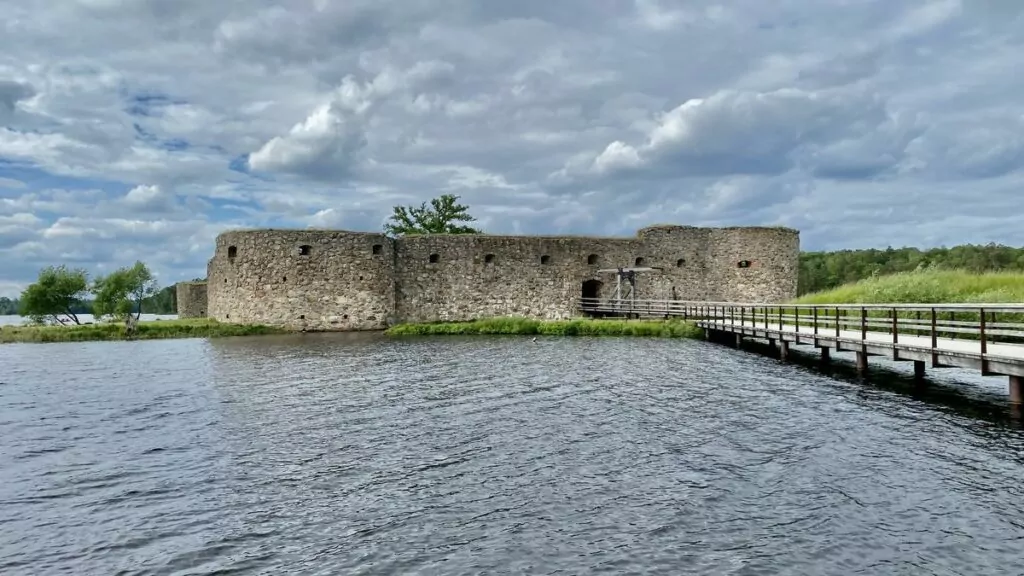
Kronoberg Castle Ruin is located on an islet in Lake Helga, in the municipality of Växjö, in Småland.
Kronoberg castle ruins - originally a bishop's castle
In the 15th century, the Bishop of Växjö built a fortification on an island in Lake Helga. The fortification may not have been very large at first, but over time it developed into a castle of stone and wood. The fortress was destroyed in 1469 by the Danes, but the bishops did not give up. After the peace of 1472, they built a new castle.
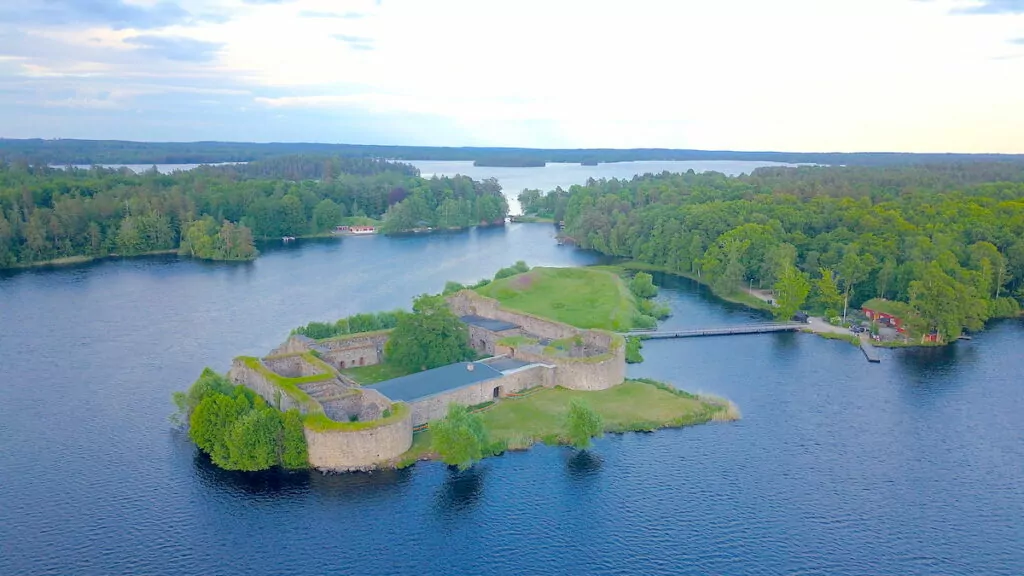
Gustav Vasa and the Dacke feud
During the Reformation in the 16th century, the church's property was transferred to the Crown. This was true at least in most places in the country. In Växjö, the bishop was allowed to remain on his property. This was not because Gustav Vasa was generous, but because he saw that in Småland it was strategic to keep the bishop in place.
However, Gustav Vasa could not protect himself against discontent and rebellion. The greatest threat came from Nils Dacke, who, in 1542, launched the Tyre fights. The peasants were unhappy with Vasa's attempt to strengthen the central power, and in Småland, where they had been relatively independent, the dissatisfaction was particularly strong. During the feud, Dacke and his men captured Kronoberg Castle, from where they led the rebellion.
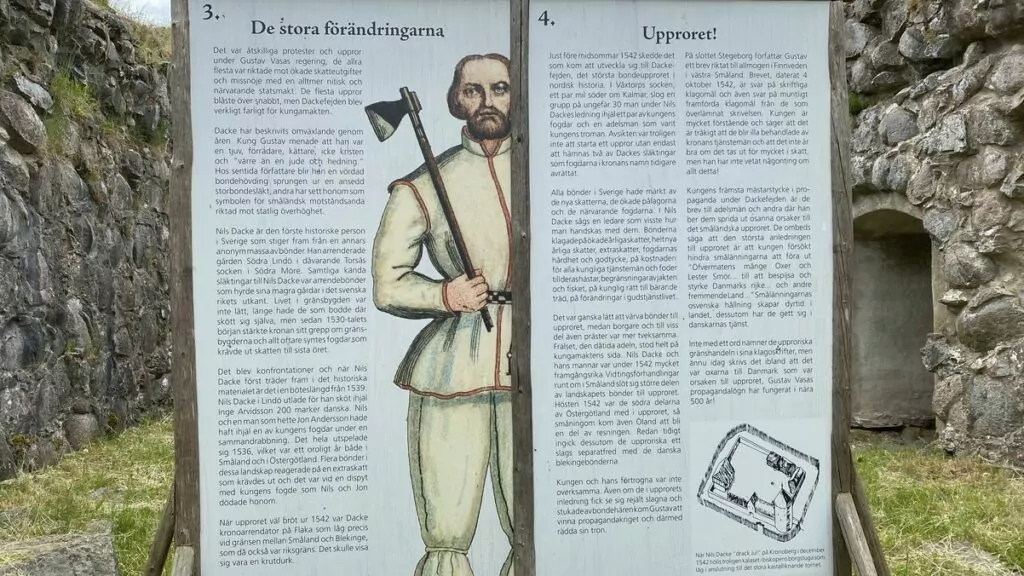
Dacke was strong, but Gustav Vasa was stronger. The Dacke rebellion was crushed, and then Mr Vasa had his castle expanded into a typical Vasa castle with large round corner towers.
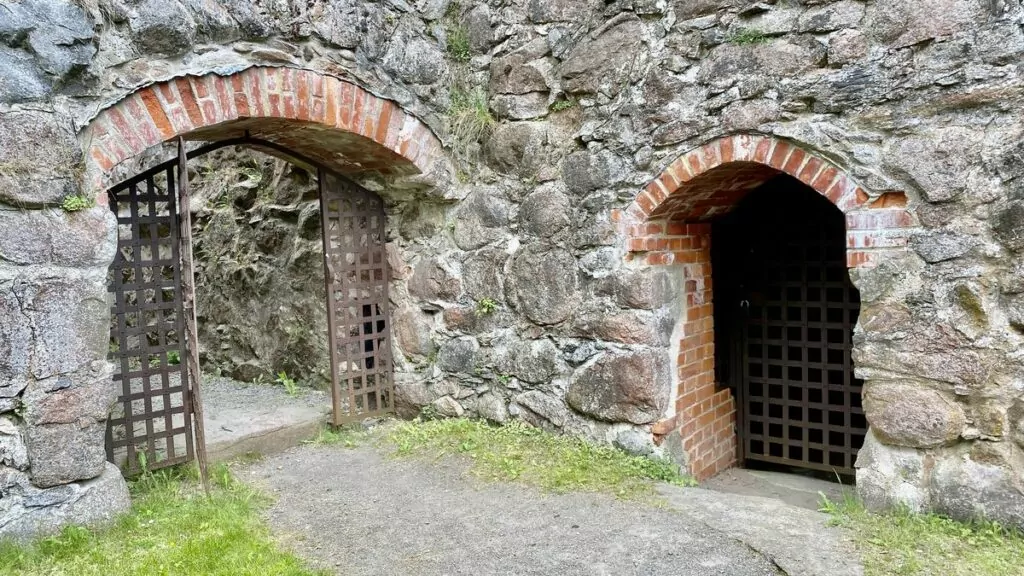
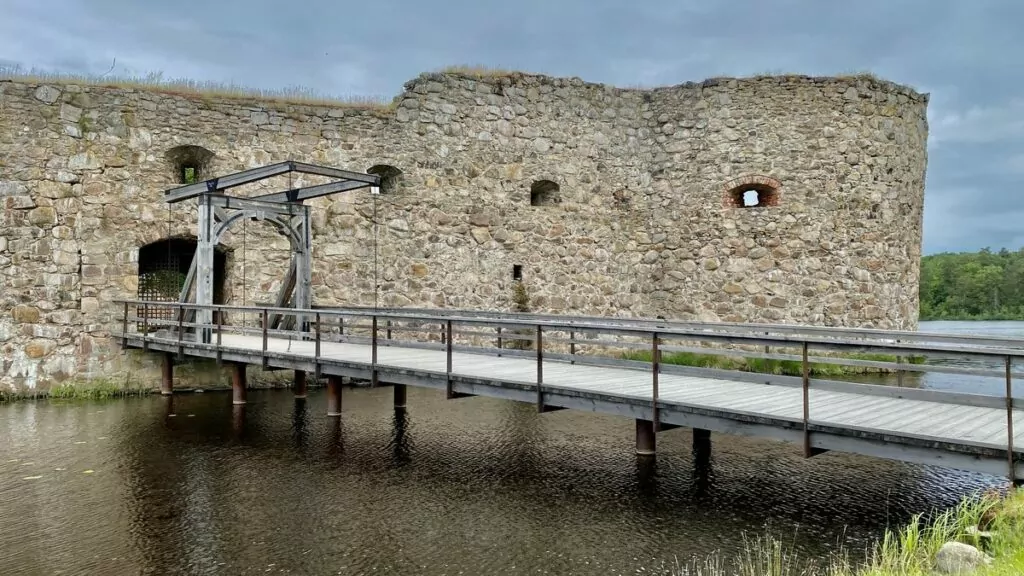
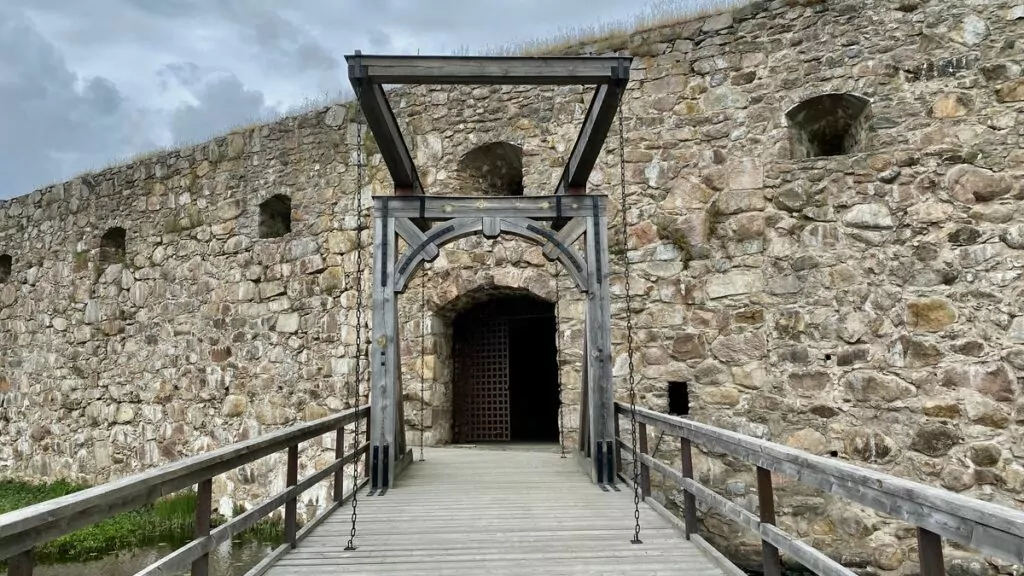
Vasaborgen - and its decay
Kronoberg Castle was now a powerful building, but in the times that followed there were concerns about attacks from the Danes. Gustav Vasa's eldest son, Duke Erik, visited Kronoberg Castle in the winter of 1559 and his eldest child, his daughter Virginia, was born in January.
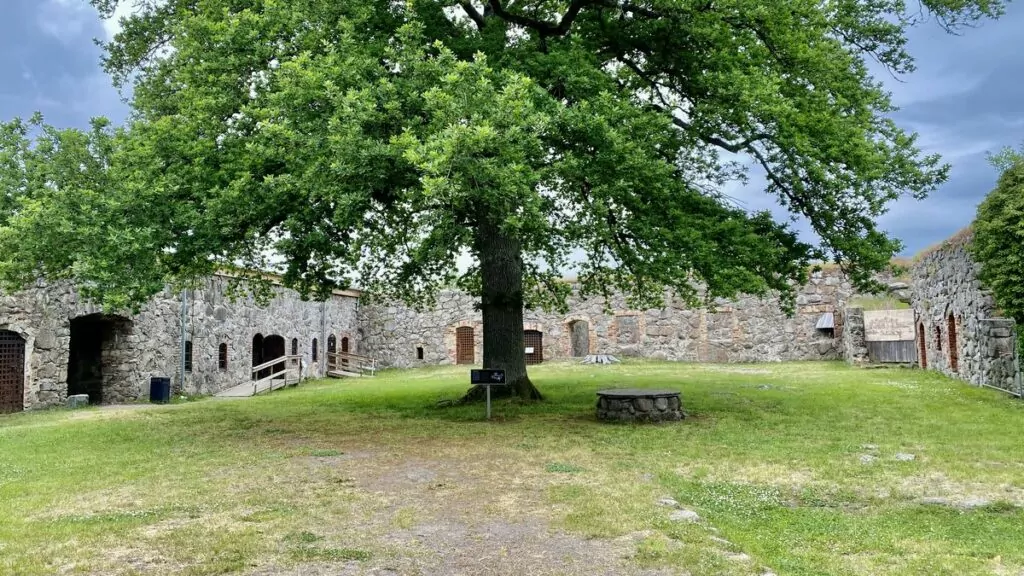
Erik and his party ate and drank heavily at the castle in the winter of 1959, and there is a small "peep hole" with little dolls to show what it might have looked like.
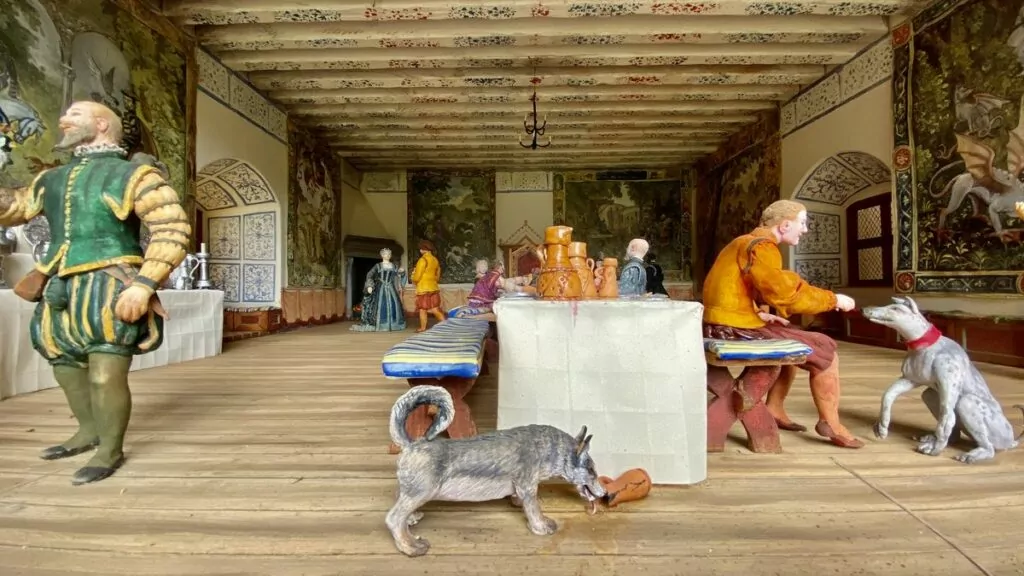
The year 1612 was the last time the castle served as a border during a Danish siege. After the Peace of Brömsebo in 1645, the castle fell into disrepair and was soon a ruin.
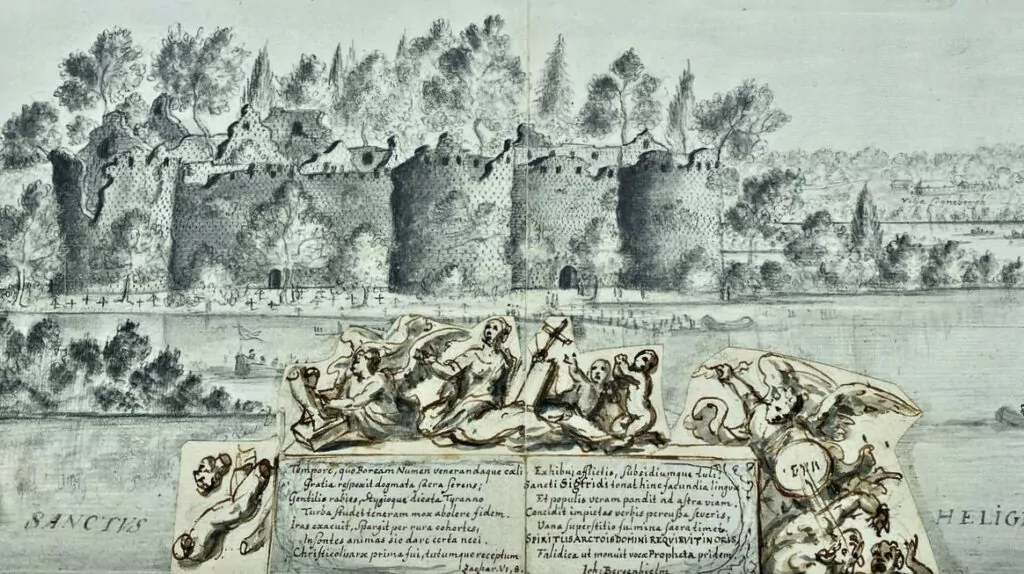
Visiting the Kronoberg Castle ruins
Update in 2023: From the turn of 2022/2023, the castle ruins will be permanently closed to visitors.
It is very nice and interesting to visit the Kronoberg castle ruins. We are a bit unsure if we paid 40 or 50 crowns in entry (memory fails), but it was in any case an affordable sum. We got a small brochure, and could then start the tour on our own.
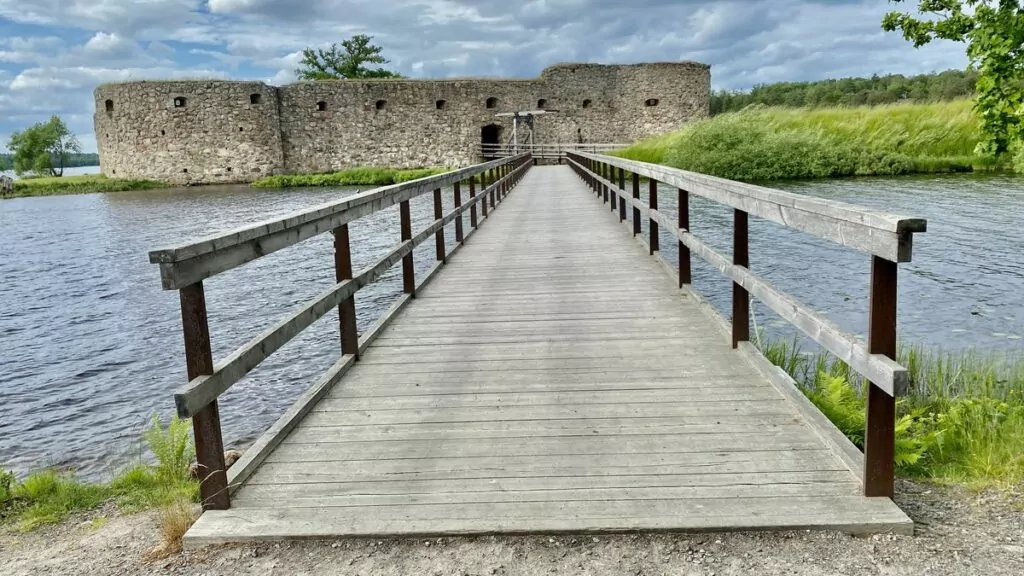
Inside the castle grounds, you can freely wander around the different walls and "rooms". In some places you can experience what it might have felt like inside the premises.
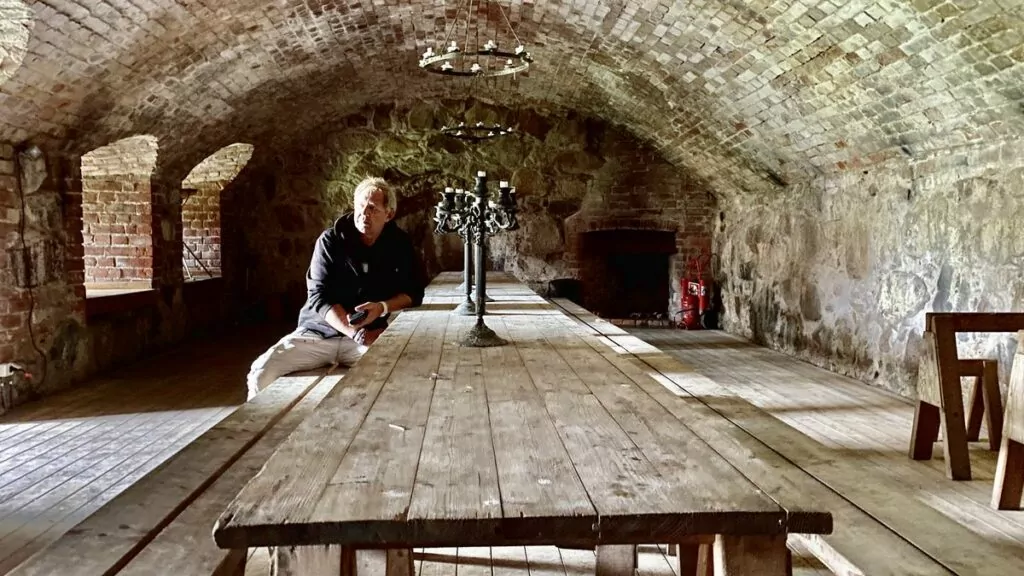
In addition to the "regular" information signs, there may be special exhibitions in the area. When we were here, there was an exhibition about Dacke and the Dacke feud.
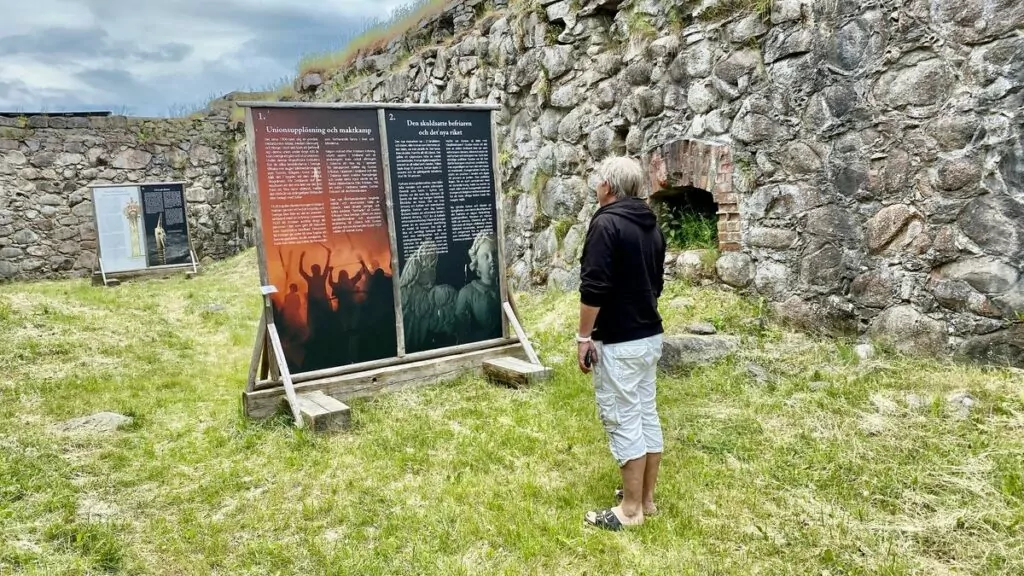
When you have finished with Kronoberg's castle ruin, you can, if you wish, eat food or have a coffee at Ryttmästaregården, which is right next door. Very cosy environment!
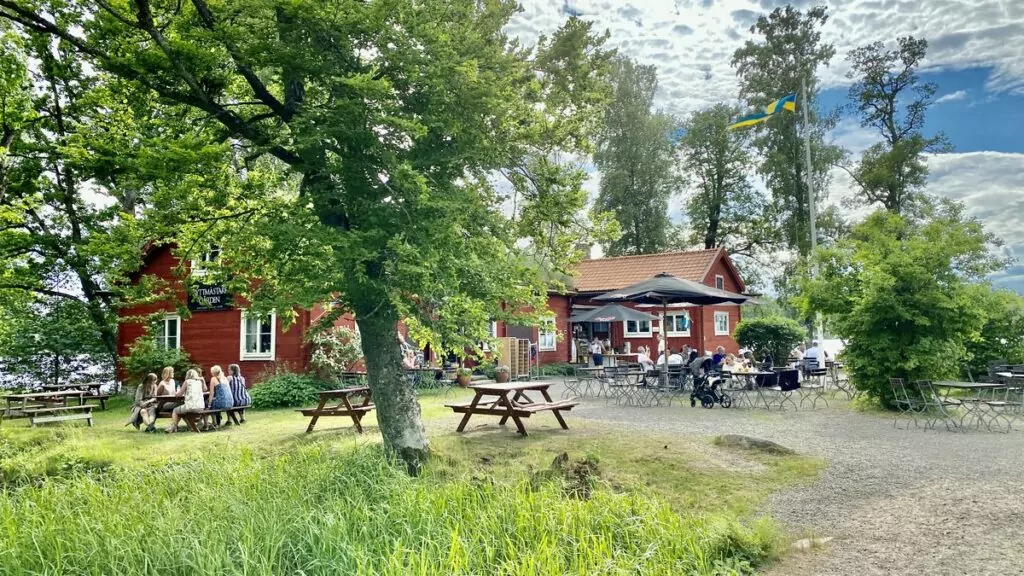
Where can you park your campervan?
There is a car park right next to the ruins of Kronoberg Castle, and if you have a motorhome you can stay here overnight if you wish. There are toilets, but no other services. When we were here we were together with two other motorhomes.
A funny thing was that in the evening we experienced entertainment by Swedish young people with origin from Eritrea (we think). They were dressed up in beautiful colourful party clothes and danced against each other (boys against girls) in the car park to music from a loudspeaker, a few hours in the evening before they drove on. We sat in the front row and were fascinated!
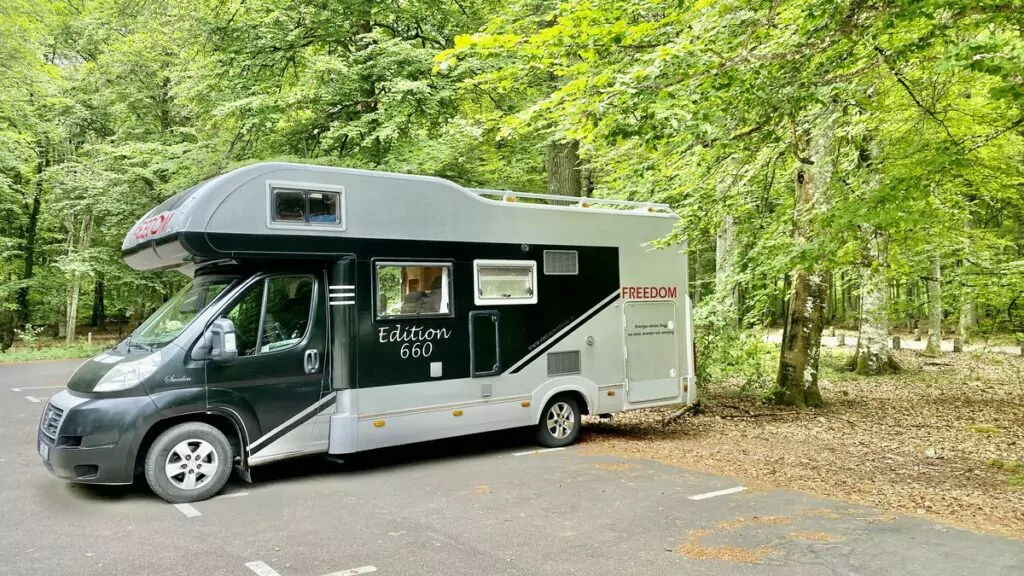
If you prefer camping, you can drive to Evedals camping, where we also stayed one night. This is a nice campsite by Lake Helga, and here we got very good treatment from the nice staff at the reception.
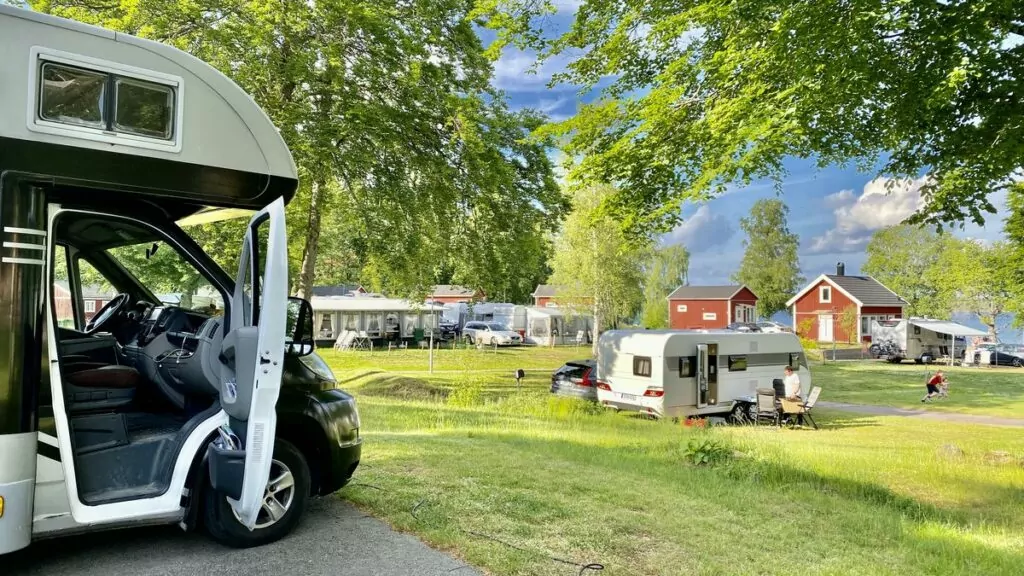
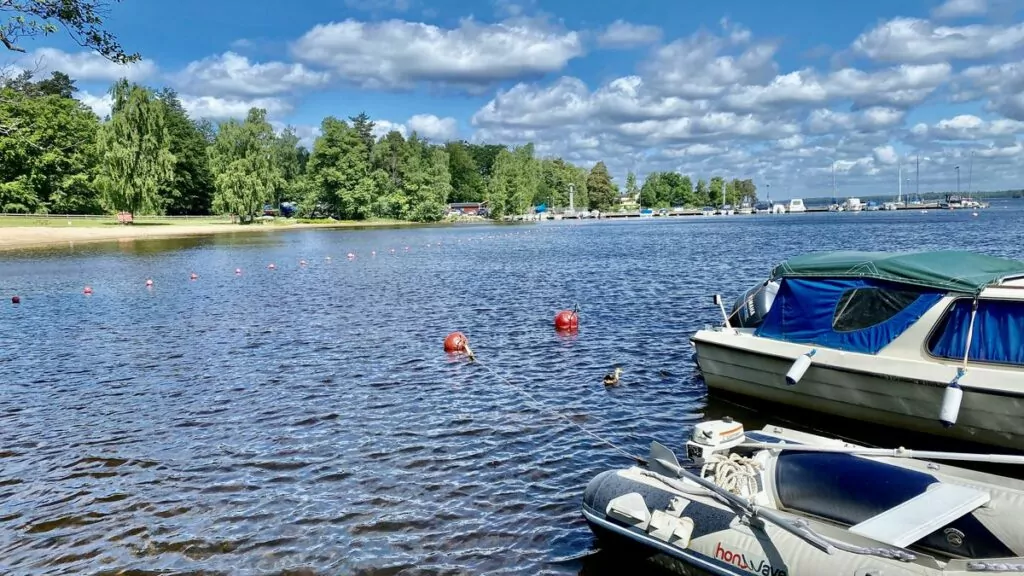
See more around Kronoberg Castle Ruin
If you want to see more in the neighbourhood, you can visit Växjö, where you can see Växjö Cathedral, Småland Museum, and the Teleborg Castle. In the neighbourhood, it is also interesting to visit Huseby mill and the beautiful old churches Granhult church and Dädesjö Old Church.
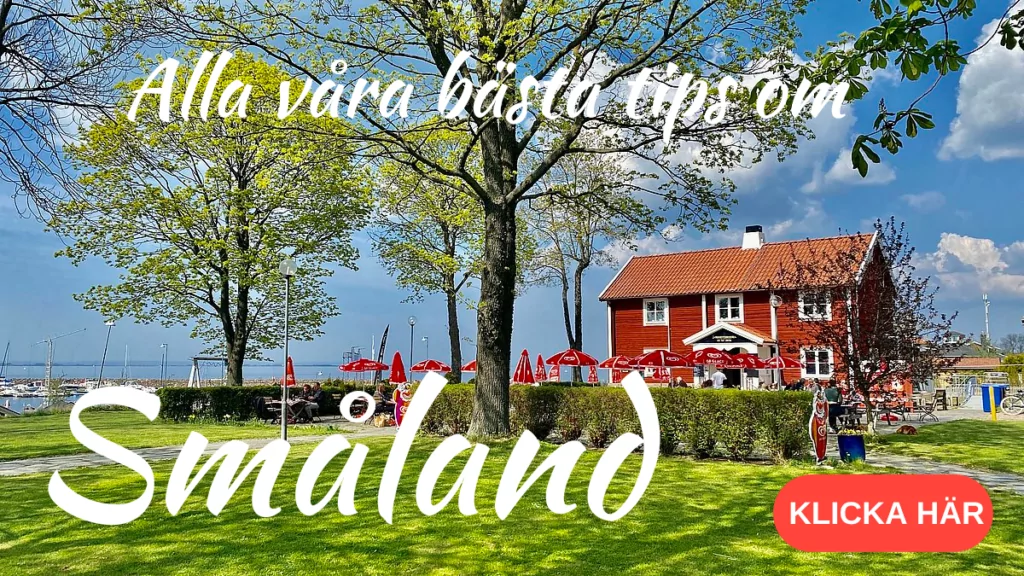
Mönsterås by campervan - festival and camping site
In Mönsterås, between Oskarshamn and Kalmar, we were greeted by a blues festival, long-haired guys in leather clothes, pick-up trucks,...
Kosta Art Gallery - exciting art in the Glass Kingdom
Kosta Art Gallery is an art gallery in the Glasriket region of Småland, showcasing glass art by...
Teleborg Castle in Växjö - a fairytale castle in Småland
Teleborg Castle is a beautiful fairytale castle just outside Växjö. Here you can enjoy the...
What to do on Visingsö - 12 tips for Vättern's largest island
What can you do on Visingsö? First of all, you can take it easy and...
Kalmar castle - 800 years of war, celebration and power games
Kalmar Castle is a powerful building, which feels both historic and fairytale-like where it travels...
Vidinge gård och ställplats - dog-friendly accommodation in Småland, Sweden
Vidinge Farm is a dog-friendly accommodation in Småland, a camping site, a fishing centre and a starting point for...
Things to do in Växjö - 15 tips for sights and experiences
What to see and do in Växjö? Växjö is a pleasant city that offers...
Husqvarna museum - and more to do in Huskvarna
The Husqvarna Museum in Huskvarna tells the story of a company that started making rifles in the 17th century....
Swedish Smålandsvägen - FREEDOMtravel Themed roads
The Swedish Småland Road is a themed road that takes you through beautiful Småland,...
Things to do in Glasriket - 25 tips for sights and experiences
What to see and do in Glasriket in Småland? We have travelled around...
Tättö Havsbad - nice campsite by the sea
Yesterday we ended up at a campsite at Tättö Havsbad, in Loftahammar north of Västervik. We...
Lessebo hand-paper mill - try making paper
Lessebo handmade paper mill in Småland is something so special as a still-functioning mill where the...
Kosta Christmas market - a wonderful Christmas atmosphere in the Kingdom of Crystal.
Kosta Christmas Market is part of the Christmas celebrations in Kosta, in the Kingdom of Glass. Here you can experience ...
Gamleby camping - Kustcamp Gamleby
Now we have arrived at Gamleby camping, not far from Västervik. The campsite is large...
Trolls in Gamleby - Friends of the Garpe Sculpture Park
Trollen i Gamleby, or Friends of Garpe Sculpture Park, is a different kind of sculpture park in Västervik....
Things to do in Kalmar - 17 tips for experiences and attractions
What to do in Kalmar? Well, we'll tell you! Kalmar is a...
IKEA Museum in Älmhult - fascinating about a department store
The IKEA Museum tells the story of the huge furniture store founded in 1943, as a mail order company, by...
The Matchstick Museum in Jönköping - an engaging story
The Matchstick Museum in Jönköping tells the story of a time of child labour and terrible working conditions, but also of...
Kalmar läns museum - about the regal ship Kronan
Kalmar County Museum offers a very exciting exhibition about the regal ship Kronan, which sank in...
What to do in Eksjö - 11 tips for the wooden city in Småland
What to do in Eksjö? This town in Småland, often referred to as 'the unique wooden town'...
Huseby mill in Småland - a well-preserved time bubble
Huseby Bruk is a great place to visit in Småland with old mill environments, castle, park, restaurant, shops and...
Ödevata farm hotel and caravan park - sustainable in Småland
Ödevata gårdshotell in Småland is a cosy, simple and natural hotel, where you are also...
James Bond museum in Småland - the world's only Bond museum
James Bond Museum in Småland - why is it here and can it really be...
What to do in Jönköping - 17 tips for the matchstick city
What to do in Jönköping? The city is famous for its matchstick history and you should...
The emigrant village in Småland - in the footsteps of Vilhelm Moberg
The Utvandrarbygden in Småland is the area that many Swedes left to emigrate to...
The Kyrkö bog car cemetery - a different kind of attraction
The Kyrkö mosse car cemetery outside Ryd in Tingsryd municipality is an unusual sight, to say the least. My ...
Granhult church in Småland - Sweden's oldest wooden church
Granhult Church in Småland is Sweden's oldest wooden church. This fine little wooden church, dating from the 1220s, survived...
Blowing glass - try it at the Kosta Glass Centre
Want to try blowing glass? At the Kosta Glass Centre you can create your own...
What to do in Gränna - 9 tips for the candy cane town at Lake Vättern
What can you do in Gränna? Many would probably answer "eat candy canes" and that's...
Lysingsbadets camping - Västervik Resort in Västervik
We have now travelled to Lysingsbadets camping, which is located just outside Västervik. This...
Europe's longest zipline - Sweden Zipline in Småland.
Europe's longest zipline course is in Sweden, deep in the forests of Småland. Of course...
Have you visited the Kronoberg Castle ruins? How was your experience? Do you have any other tips for things to see and do in the area?
Facts about Kronoberg Castle Ruin
- Municipality: Växjö
- County: Kronoberg County
- Landscape: Småland
- Location: On an island in Lake Helga about five kilometres north of Växjö.
- Developer: Lars Michelson
- Owners: Swedish National Heritage Board
- Style: Medieval castle
- Material: Stone
- Read more: You can find more information at Småland Cultural Park
Services and practical information
- Opening hours: May - August
- Prices: 50 SEK for adults
- Parking: Parking is available right next to the ruin. Motorhomes can be left overnight.
- Toilets: Toilets are available.
- Food service: Right next to the castle ruins is Ryttmästaregården, which serves hot dishes, salads, sandwiches and coffee.
History at Kronoberg Castle
- 15th century: The Bishop of Växjö had a fortification built on the island in Lake Helga, near his farm in Kronoberg. The fortification developed over time into a castle of stone and wood.
- 1469: The fortification was destroyed by the Danes.
- 1472: After the peace, the fortification was rebuilt.
16th century
- 1527: The Reformation began and property was transferred from the church to the crown. The bishop of Växjö remained in place, partly as a puppet, because Gustav Vasa realised that it was strategic.
- 1542: Nils Dacke captured the castle during the Dacke Feud. Dacke led the rebellion against Gustav Vasa's government from here.
- 16th century: After the suppression of the Dacke rebellion, Gustav Vasa had the castle expanded into a typical Vasa castle with large round corner towers.
17th century to the present
- 1612: During a Danish siege, the castle served as a border fortress for the last time.
- 1645: After the Peace of Brömsebro, the castle fell into disrepair. By the middle of the 17th century it was already a ruin.
- 1930s: The ruin was restored.

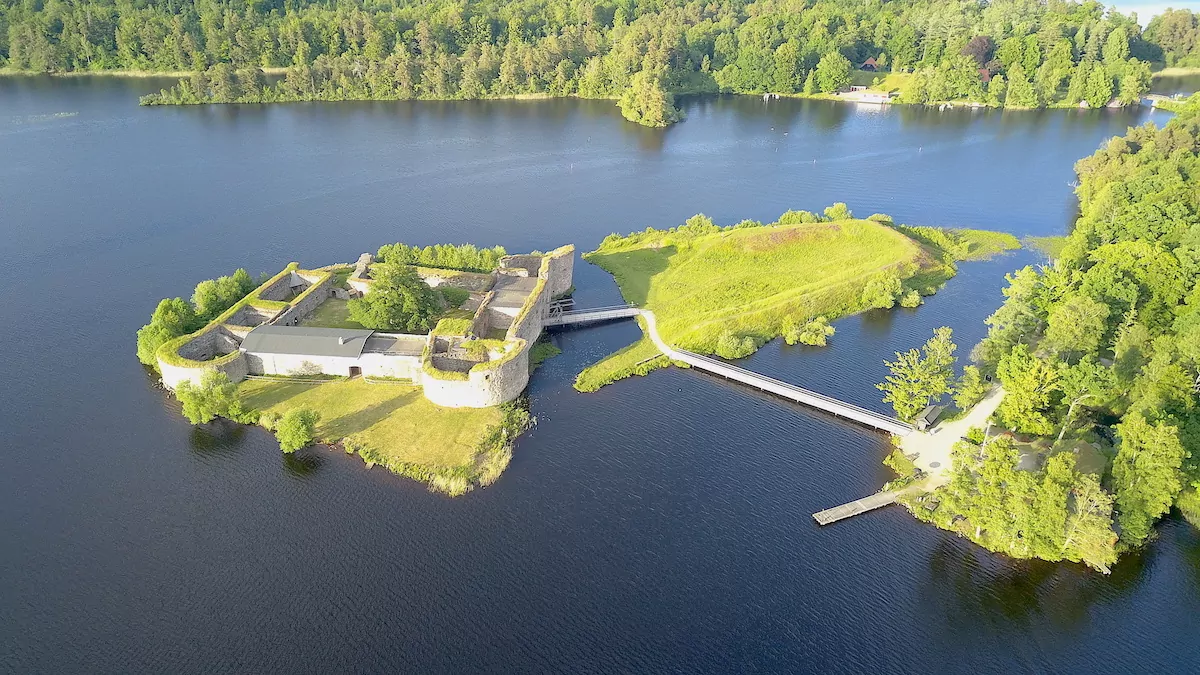










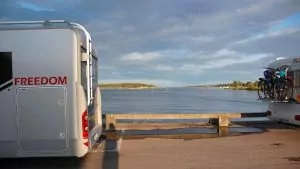
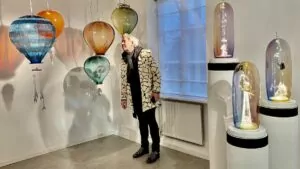
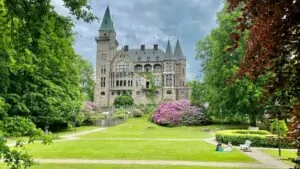
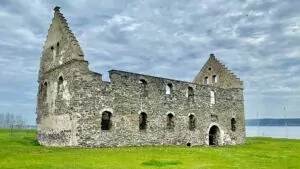
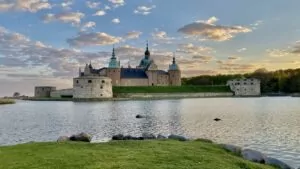
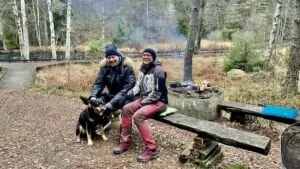
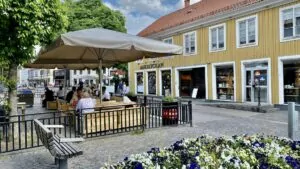
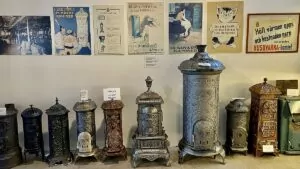
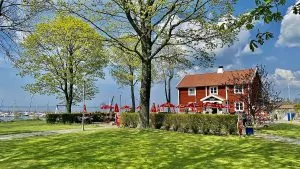
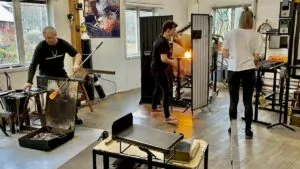
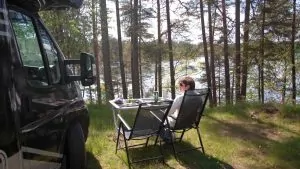
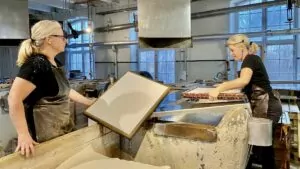
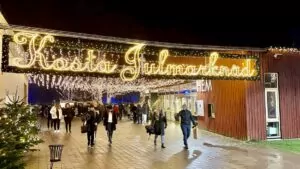
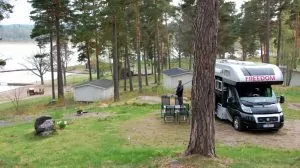
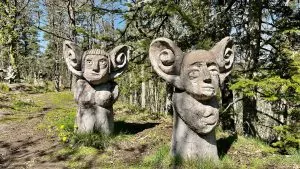
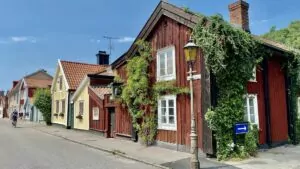

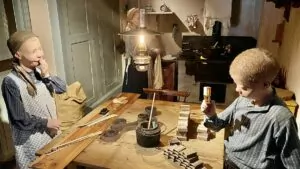
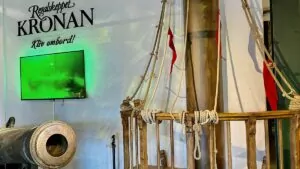
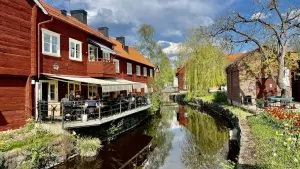
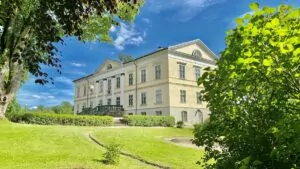
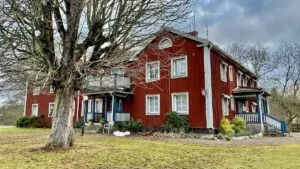

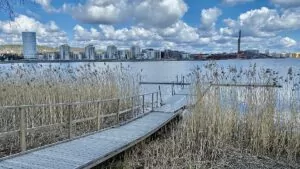
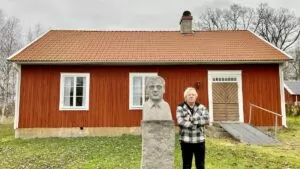
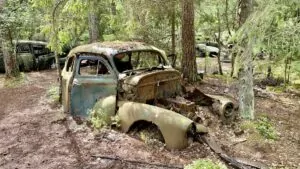
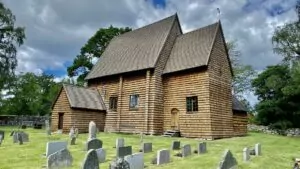
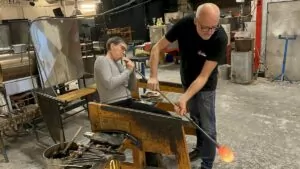
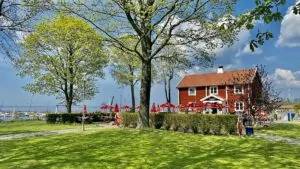
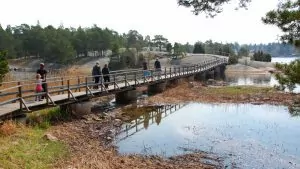

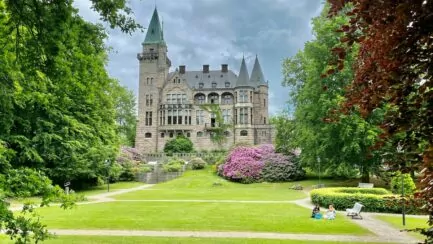
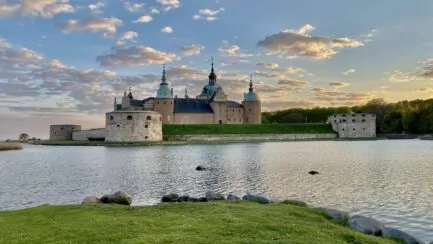
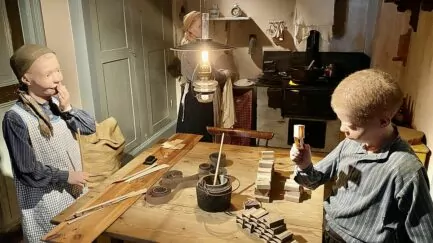
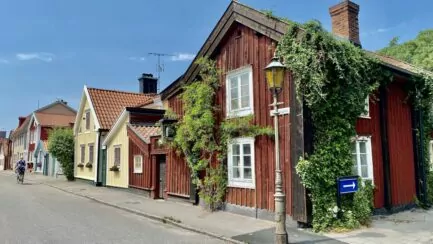
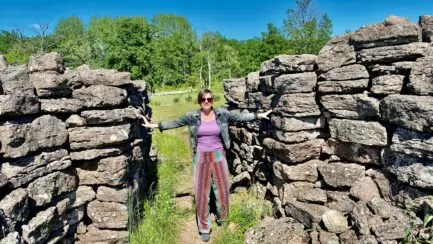




Nils-Åke+Hansson says:
There is so much to discover in our country. We have no shortage of history either.
23 June 2021 - 9:37
Helena says:
Yes, there is! And a lot of exciting history! 🙂
23 June 2021 - 21:03
Amanda (Swedish Passport) says:
But look there, a castle ruin I completely missed! May be a trip past Växjö this summer 😉 .
23 June 2021 - 10:04
Helena says:
This ruin is worth a visit 🙂
23 June 2021 - 21:04
Margareta Lillvik says:
We have visited Växjö and Kronoberg Castle //lillviks.blogspot.com/search?q=växjö There is a lot to discover in our country.
23 June 2021 - 10:43
Helena says:
Nice to see your pictures! It was recognition! 🙂
23 June 2021 - 21:06
bmlarsreseblogg says:
So many sights we never heard of in our country! Just in the last few days we have received two new examples, thank you!
23 June 2021 - 15:03
Helena says:
I agree, there is really a lot to see and experience! We find new things all the time 🙂
23 June 2021 - 21:07